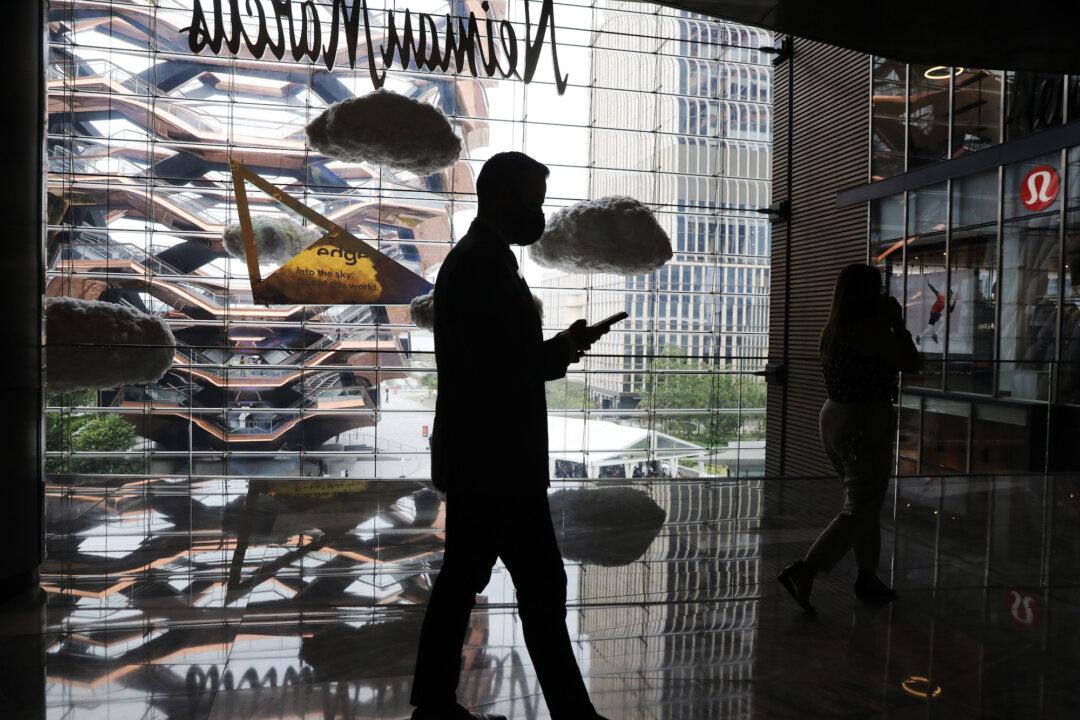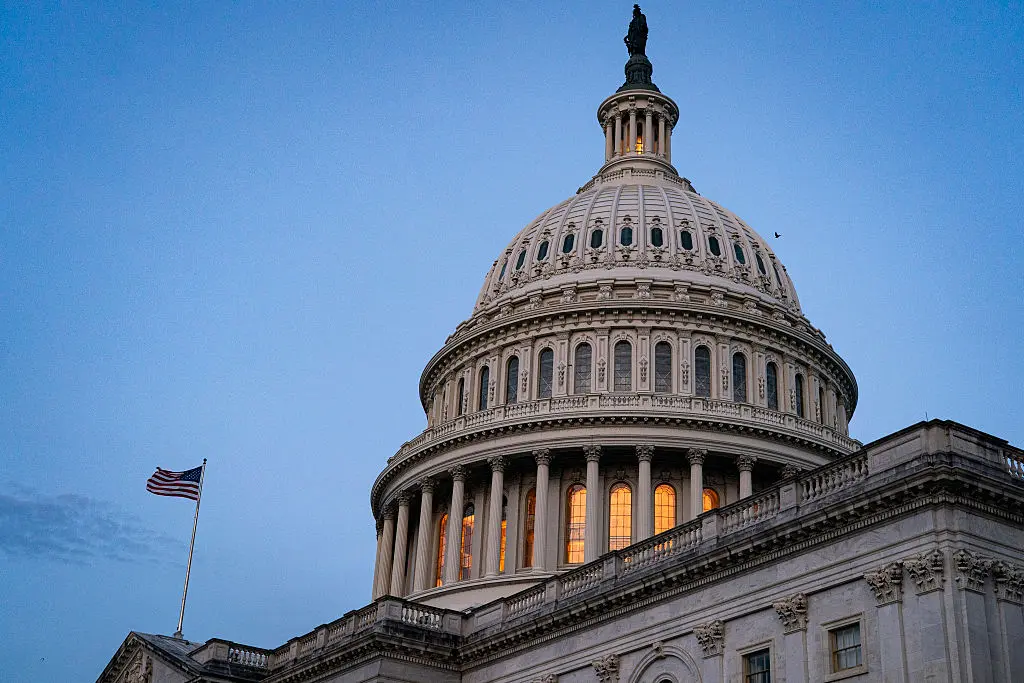While the pandemic-driven surge in online sales has leveled off, executives and researchers are increasingly saying that the digital shopping boom will persist even after the CCP virus outbreak is brought under control.
The latest data from Adobe, which analyzed 1 trillion visits to retail sites, found that online shopping activity declined in August as more lockdowns lifted and more physical stores opened up across the United States. Online sales reached $63 billion in August, up 42 percent year-over-year, a clear softening from July when online sales grew 55 percent year-over-year. Still, “buy online pickup in store,” or BOPIS shopping, continued to surge, growing 59 percent month-over-month in August and 259 percent year-over-year.





